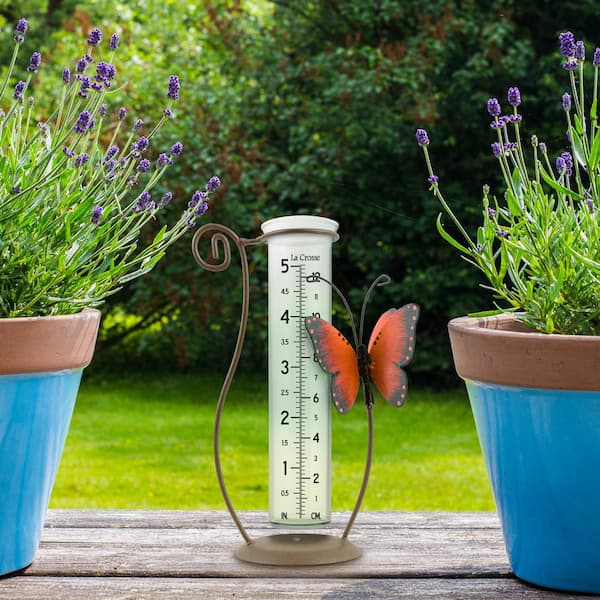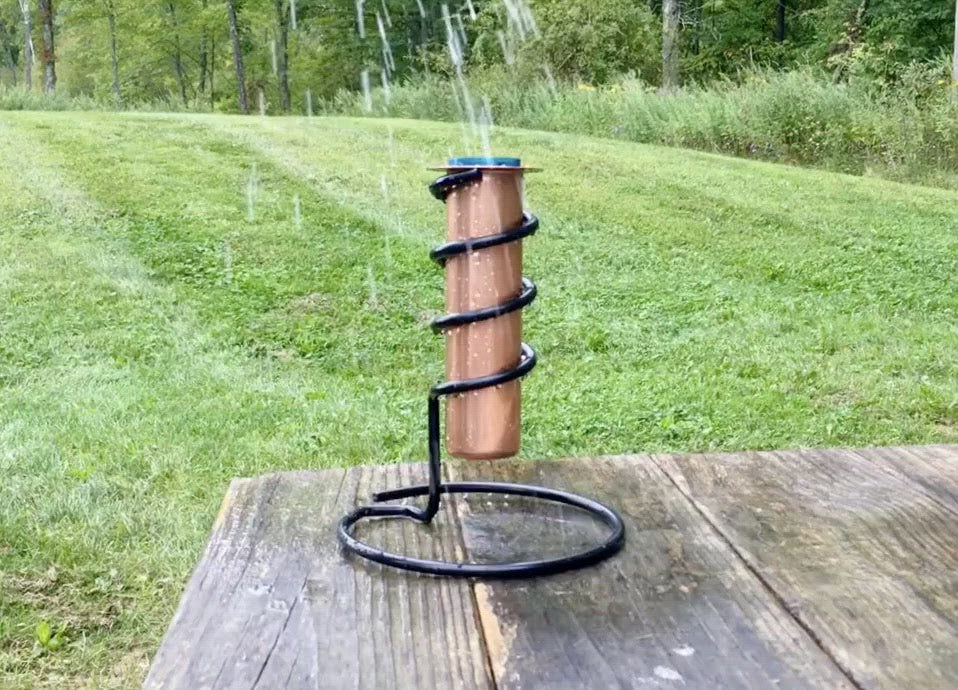Grasping the Science Behind The Rain Gauge: Insights and Innovations Revealed
Grasping the Science Behind The Rain Gauge: Insights and Innovations Revealed
Blog Article
Exactly How to Pick the Right Rainfall Gauge for Accurate Rainfall Information
Exact rainfall information is important for various industries and tasks, such as water, weather forecasting, and farming resource monitoring. To obtain reliable dimensions, it is vital to select the appropriate rain scale. This overview intends to provide useful understandings into the selection process, enabling you to make informed choices. Thinking about elements such as area, type, and accuracy of the rain gauge will aid make sure precise information collection. Furthermore, understanding the upkeep and calibration treatments will contribute to the durability and integrity of your rainfall scale. By following these standards, you can make sure accurate rainfall information, allowing far better decision-making and preparation for different applications.
Importance of Choosing the Right Rain Scale
The importance of selecting the appropriate rainfall scale depends on getting accurate and reliable rains data for accurate meteorological evaluation. Rain data is critical for a vast array of applications, including climate forecasting, hydrological modeling, and climate research. Incorrect or unstable data can cause incorrect final thoughts and flawed decision-making processes.

Secondly, the accuracy and accuracy of the rainfall gauge are critical. The scale should be able to gauge rainfall with high precision, catching even small amounts of precipitation precisely. It ought to likewise minimize mistakes as a result of evaporation, wind, and various other ecological factors. Regular calibration and upkeep are important to make certain recurring accuracy.
Moreover, the place and installment of the rainfall gauge are vital considerations. It needs to be put in an open location, away from obstructions that might impact rains measurements. The scale ought to be positioned at an appropriate elevation and angle to stay clear of splashing and ensure correct catchment of rain.
Aspects to Think About When Picking a Rain Scale
When choosing a rainfall scale, there are several essential variables to take into consideration. There are different types readily available, including conventional rainfall gauges, tipping bucket rain gauges, and considering rainfall determines.
Another aspect to consider is the product of the rain gauge. Rain evaluates can be made from numerous materials, such as metal, glass, or plastic. The material chosen should be immune and sturdy to weather, making sure that the rainfall scale will certainly stand up to the elements and give precise measurements gradually.
Accuracy is also a vital variable to take into consideration. Try to find rain evaluates that have actually been adjusted and checked for precision. Attributes such as anti-splash rings and funnels can additionally enhance the accuracy of the measurements.

Finally, take into consideration the environment and atmosphere in which the rainfall scale will certainly be used. Various rainfall gauges appropriate for various environments, so it is very important to pick one that is proper for the problems in your location.
Different Kinds Of Rainfall Evaluates Offered
To further discover the elements to take into consideration when selecting a rainfall gauge, it my latest blog post is important to comprehend the various redirected here types of rainfall evaluates readily available. The most typical kind is the common rainfall scale, also understood as the round rainfall scale.
An additional sort of rain scale is the tipping container rainfall scale. This scale uses a seesaw-like device to gather and measure rainfall. As the rainfall falls under the scale, it loads up one side of the bucket, triggering it to tip and empty the water. The variety of pointers is counted online to determine the quantity of rainfall. Tipping bucket rain assesses are prominent for their precision and capacity to determine rains strength.
A 3rd sort of rainfall gauge is the weighing rain gauge. This gauge utilizes a balance system to gauge the weight of the collected rainfall. As the rain falls right into the gauge, it is accumulated in a container connected to an equilibrium. The weight of the water is determined, and the rainfall quantity is determined based upon the weight. Considering rainfall evaluates are extremely exact but can be a lot more costly and need normal upkeep.
Ultimately, there are also remote rainfall gauges that use advanced modern technology to determine rainfall (The Rain Gauge). These determines usage sensors and transmitters to send out data wirelessly to a main unit. Remote rain determines are practical for keeping an eye on rainfall in hard-to-reach locations or for large-scale information collection
Just How to Determine the Accuracy of a Rain Scale
One way to assess the precision of a rainfall scale is by performing normal calibration measurements. Calibration entails comparing the analyses of a rainfall gauge to a standard dimension, such as a qualified rain gauge or a weather condition terminal with high accuracy. By contrasting the measurements, any inconsistencies or errors in the rainfall scale can be recognized and represented.
To conduct a calibration dimension, start by collecting rains data from both the rain gauge and the common measurement gadget over a specific amount of time, such as a month. Then, contrast the readings and compute the difference in between them. This distinction is recognized as the calibration mistake.
It is essential to note that calibration dimensions ought to be done frequently, as ecological variables, such as debris, temperature level, and wind, can influence the Look At This accuracy of the rainfall scale gradually. By conducting regular calibrations, any type of changes in the accuracy of the rainfall gauge can be found and modifications can be made appropriately.
Along with calibration, it is likewise recommended to tidy and maintain the rainfall gauge regularly to ensure its precision. Get rid of any type of debris or obstructions that may influence the precision of the measurements, and inspect for any indications of damage or put on that may call for repair work or substitute.
Tips for Keeping and Calibrating Your Rainfall Scale
Routine maintenance and calibration are vital for making sure the precision and integrity of your rainfall gauge in measuring rains data (The Rain Gauge). By complying with a few straightforward pointers, you can make sure that your rain scale is effectively kept and calibrated
To start with, it is necessary to clean your rainfall scale on a regular basis to avoid any kind of debris or dirt from obstructing the rainfall collection device. Make use of a light detergent and a soft brush to carefully cleanse the within and exterior of the gauge. Wash it thoroughly with tidy water and enable it to dry totally prior to reinstalling it.
Second of all, it is advised to adjust your rainfall scale at the very least annually. Calibration involves comparing the dimensions of your rainfall gauge with those of a trusted and precise referral scale. This will certainly help you recognize and deal with any type of prospective errors in your rain scale's measurements.
To calibrate your rainfall scale, gather a well-known volume of water making use of a measuring container and contrast it with the dimensions tape-recorded by your rain scale. Adjust the readings as necessary to make certain accuracy.

Final Thought
In verdict, choosing the right rainfall gauge is critical for getting accurate rainfall data. Variables such as place, spending plan, and function must be taken into consideration when picking a rainfall gauge.
There are various kinds readily available, including typical rain determines, tipping bucket rainfall gauges, and considering rain evaluates.To additionally check out the factors to think about when choosing a rain gauge, it is important to comprehend the different types of rain gauges readily available. The most typical kind is the conventional rain scale, also known as the round rain scale.One more type of rain gauge is the tipping bucket rain scale. Calibration entails comparing the analyses of a rain gauge to a conventional dimension, such as a licensed rainfall gauge or a weather condition station with high accuracy.
Report this page